Demon Slayer movie ending explained: how Mugen Train sets up the new season – and beyond
From Hashiras to Kizukis, we break down the Mugen Train ending - for new and old fans alike
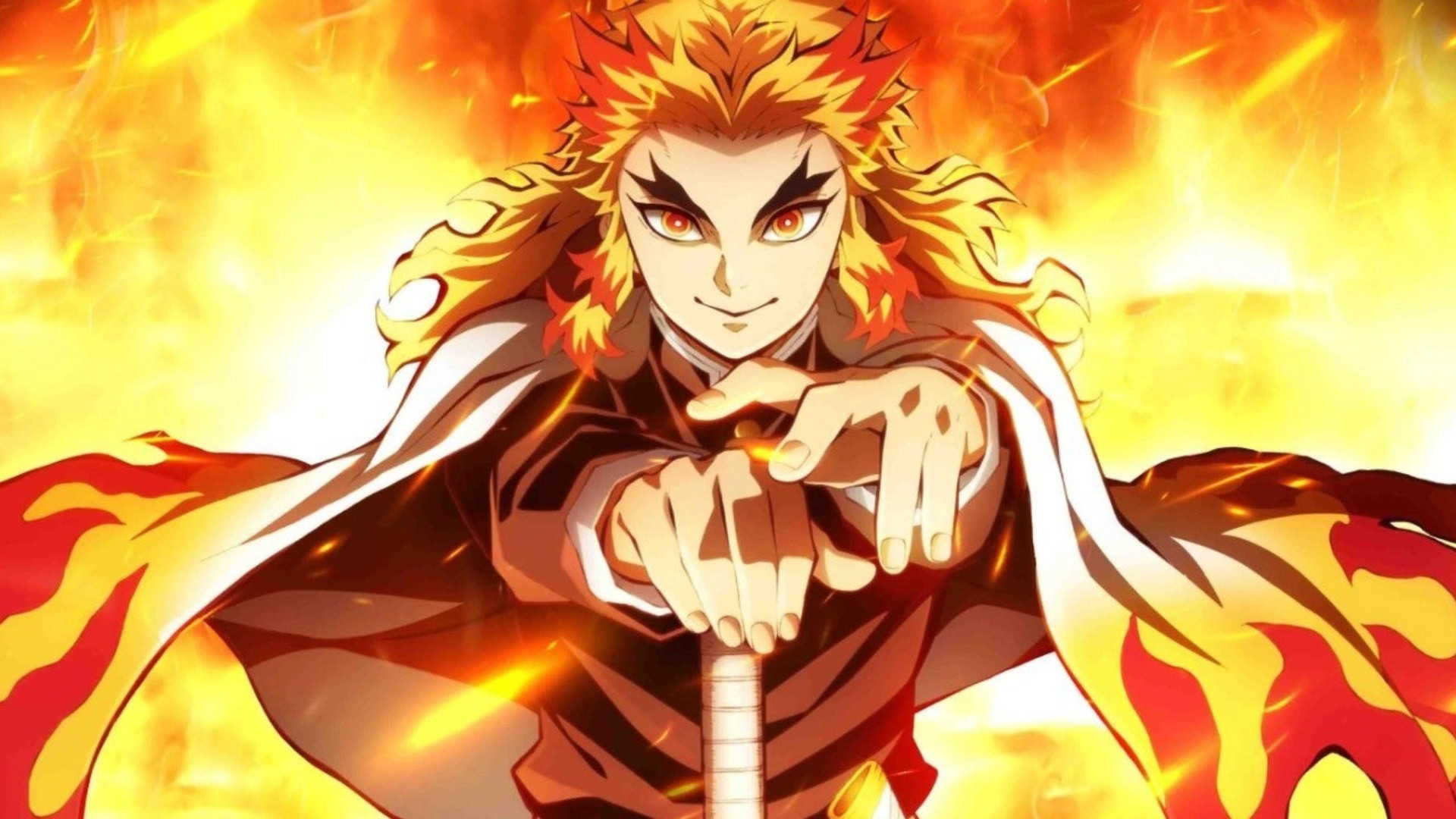
The Demon Slayer movie ending was one for the ages. It was epic, emotional, and marked a unique watershed moment in the medium. Not only did it sign off as one of the biggest surprises in modern cinema history – with Mugen Train grossing close to half a billion dollars at the worldwide box office – but it also acts, bizarrely, as a ‘season 1.5’ for the hit anime. In effect, Mugen Train was completely set in canon, ending one chapter on the big screen and setting the stage for Demon Slayer season 2 on the small screen – which is likely to be one of the biggest shows of the year when it drops later in 2021.
New fans, lapsed fans, and diehards alike will, then, inevitably have questions after leaving theaters – and we’re here to explain the Demon Slayer movie ending: why it was so important, what it could mean moving forward, and breaking down the key events from Mugen Train’s final act. No matter your pool of knowledge, we’ll keep things simple, clean – and without fear of spoilers from the source material. This is an anime-only zone, thank you very much.
Warning: Spoilers for Demon Slayer: Mugen Train and the first season follow...
Demon Slayer movie ending: how Mugen Train sets up the show’s future arcs
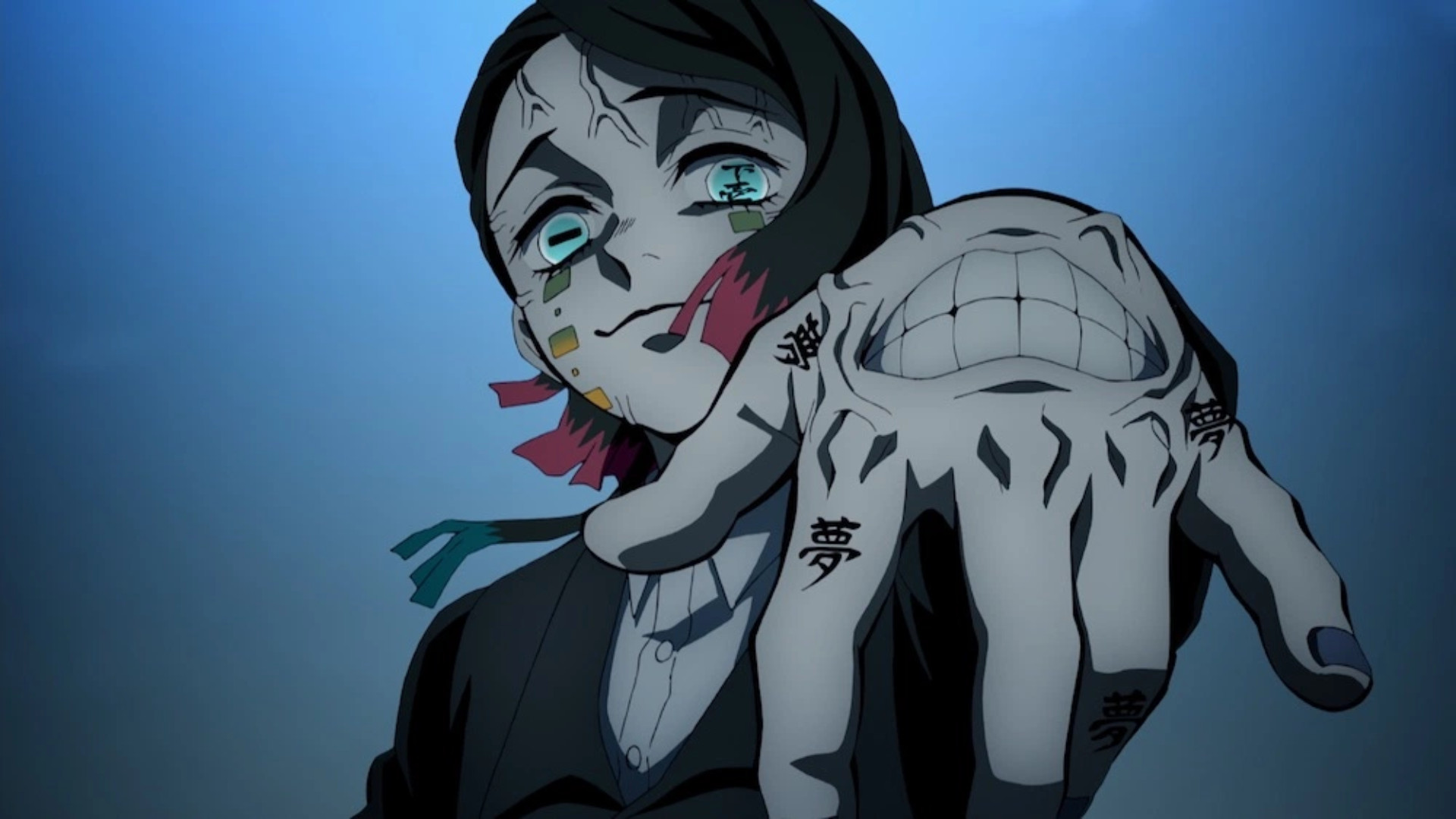
Demon Slayer Kimetsu no Yaiba the Movie: Mugen Train (to give it its full unwieldy title) sees Demon Slayers-in-waiting Tanjiro, Zenitsu, and Inosuke tracking down Enmu, a demon who counts himself among the Lower Rank members of the Twelve Kizuki group. They are joined on the Mugen Train by Tanjiro’s half-demon sister, Nezuko, and the highly-skilled Flame Hashira Kyojuro Rengoku.
Despite Enmu using his powers of sleep paralysis in his plans to kill the passengers, Tanjiro escapes by killing himself over and over in the dream world and eventually defeats the demon with the help of his friends. Story over, right? Wrong. In a late-in-the-day twist, one of the more powerful Twelve Kizuki members, the Upper Moon Three Akaza, arrives next to the derailed train to do battle with Rengoku.
The two engage in a fierce and frenetic battle that is leagues apart from anything we’ve seen so far in the series in terms of skill and speed. Akaza deals the killing blow by punching Rengoku through his torso, and then retreats before sunrise after being grievously injured by the Flame Hashira.
With his dying words, Rengoku tells Tanjiro to continue training the Flame Breathing Techniques and heading to Rengoku’s family home to find the writings of his father, the former Flame Hashira.
Sign up for the Total Film Newsletter
Bringing all the latest movie news, features, and reviews to your inbox
The movie ends with each Hashira being informed of Rengoku’s passing and Tanjiro promising revenge on Akaza and the other Upper Ranks.
So, where next? Officially, Demon Slayer season 2 will cover the ‘Entertainment District’ arc of the manga series. That will feature Tanjiro, Zenitsu, and Inosuke being accompanied by the Sound Hashira Tengen Uzui to the city of Yoshiwara.
That’s in the immediate future, but we can also expect Tanjiro to take a trip – off-screen or otherwise – to Rengoku’s ancestral estate to pick up some more knowledge about Flame Breathing Techniques.
On the villain side of things, the Lower Moon’s defeat and Akaza’s near-death will likely spur its leader (and slayer of Tanjiro’s family), Muzan Kibutsuji, on to more dastardly deeds. With the Upper Moon Ranks’ power levels far exceeding that of all but the most skilled Hashira, it’s an arrival that has completely changed the dynamic of the show. We now know that these demon warriors should be seriously feared having never seen them in proper action up until this point. More often than not, a significant death will follow if they show up again down the line.
Upper Ranks: Akaza and the 12 Kizuki, explained
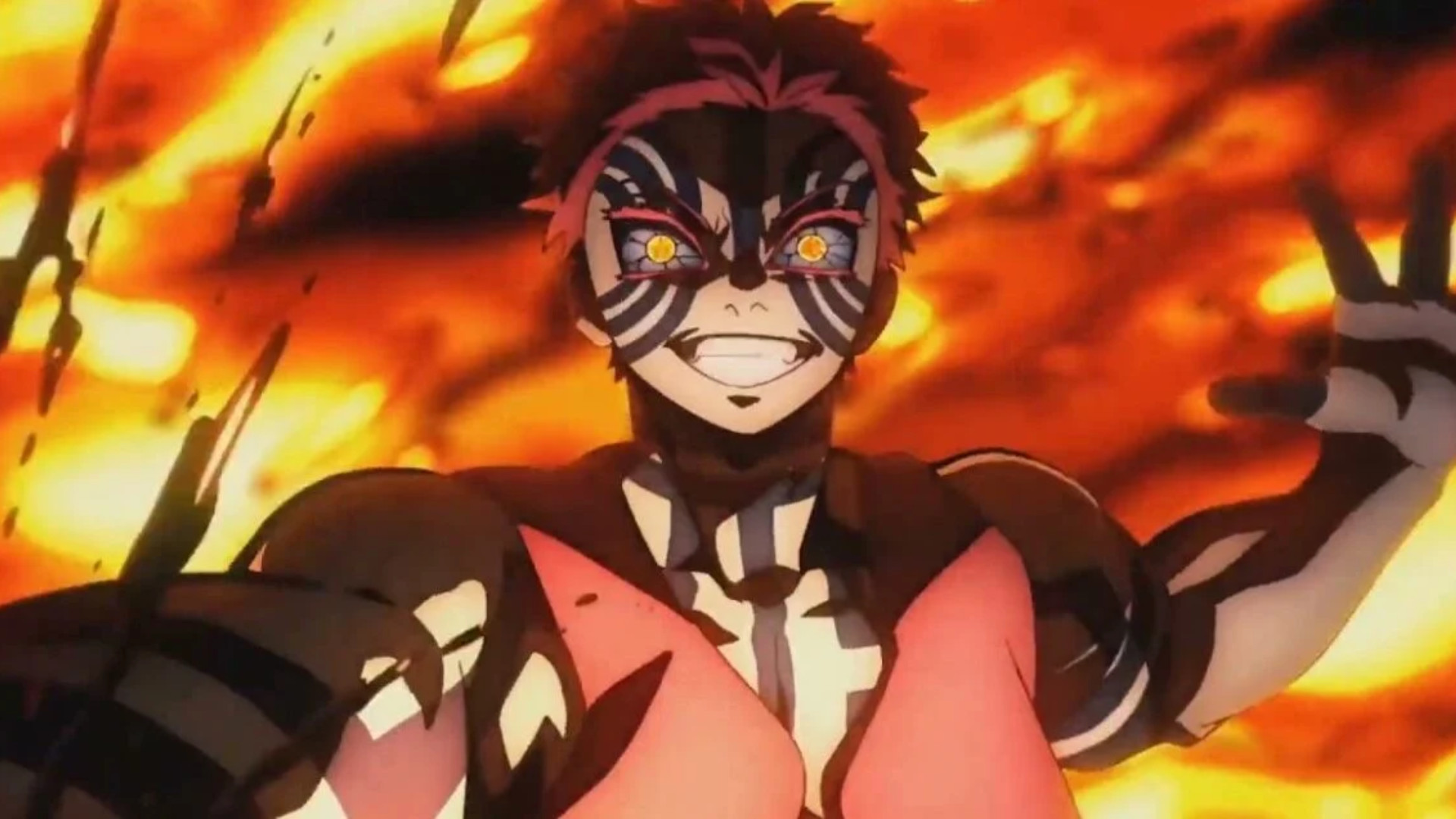
But who are the Kizuki? The lore of the group – as well as its individual members – has been scattered across the first 26 episodes of the show so far. So, if you haven’t watched the series, you might be confused by what their deal is.
Essentially operating as the most deadly group of demons, the 12 Kizuki aim to accelerate the onset of demons in the world while also crushing the benevolent Demon Slayer Corps. They consist of six Lower Rank demons and the more powerful six Upper Rank.
Tanjiro has met (and defeated) three of the Lower Rank so far: the drum-based Kyogai and the spidery Rui both met their end in the first season. Enmu was slain in Mugen Train. Their leader, Muzan Kibutsuji, ended up killing the remaining weaker members of the Lower Ranks at the end of the first season in a fit of rage, meaning only six Kizuki remain – including a badly hurt Akaza after the events of the Demon Slayer movie.
Who are the Hashira and how many are left?
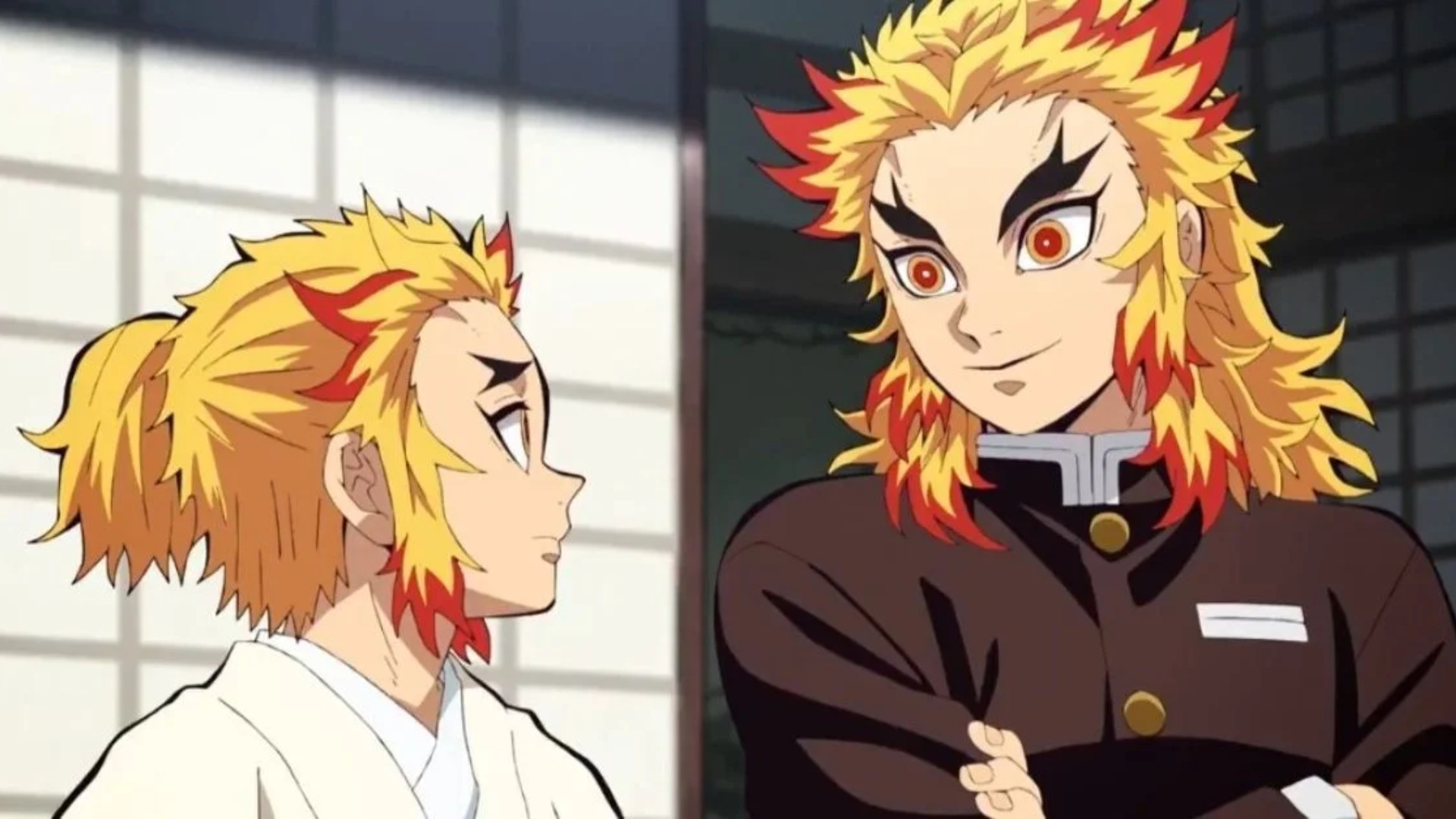
The mirror image of the Kizuki and, thankfully, on the side of good, the Hashira are the most skilled and deadly warriors in the Demon Slayer Corps. Think of them as legendary samurai – each with their own special ‘flavor’ and ability, i.e. Rengoku’s fire-based attacks and fiery spirit made him the ideal candidate to take on the mantle of the Flame Hashira.
There are currently eight active Hashira, each with different abilities and powers. Tomioka (Water), Kanroji (Love), Iguro (Serpent), Shinazugawa (Wind), Himejima (Stone), Uzui (Sound), Tokito (Mist), and Shinobu Kocho (Insect).
Two have retired, including Zenitsu’s trainer Jigoro Kuwajima, while the Flower and Flame Hashira have both been killed in battle.
They are led by the 97th leader of the Demon Slayer Corps, Kagaya Ubuyashiki. He bookended Mugen Train with his appearances – though his health is failing and he may not be long for this world.
Tanjiro’s new moves: why the Hinokami Kagura is so important
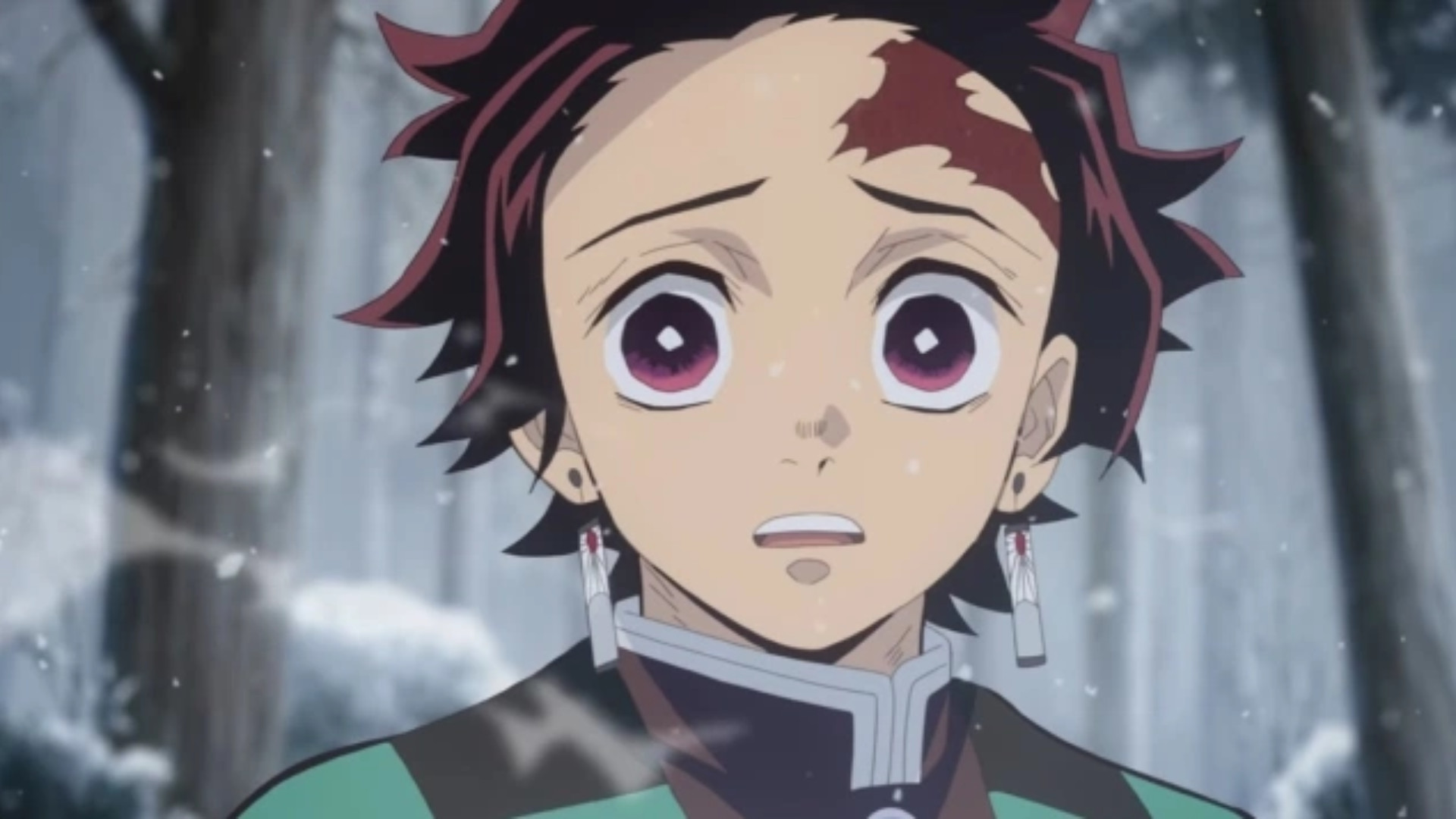
One of the most exciting aspects of Mugen Train is the evolution of Tanjiro’s moveset and combat abilities. He now retains incredible focus and willpower, as evidenced by his continual dream ‘suicides’ that allowed him to avert the gaze of Enmu's paralysis attack in their climactic showdown.
Most importantly, Tanjiro pulled off the Hinokami Kagura attack, a move passed down through his bloodline. The Sun Breathing assault helped him and his friends dispatch Enmu, and is now a considerable tool in the arsenal of Tanjiro as he looks to take the fight to the Kizuki. Expect the move to be used in life-or-death situations in future and for seasons to come.
Will there be a Demon Slayer movie sequel?
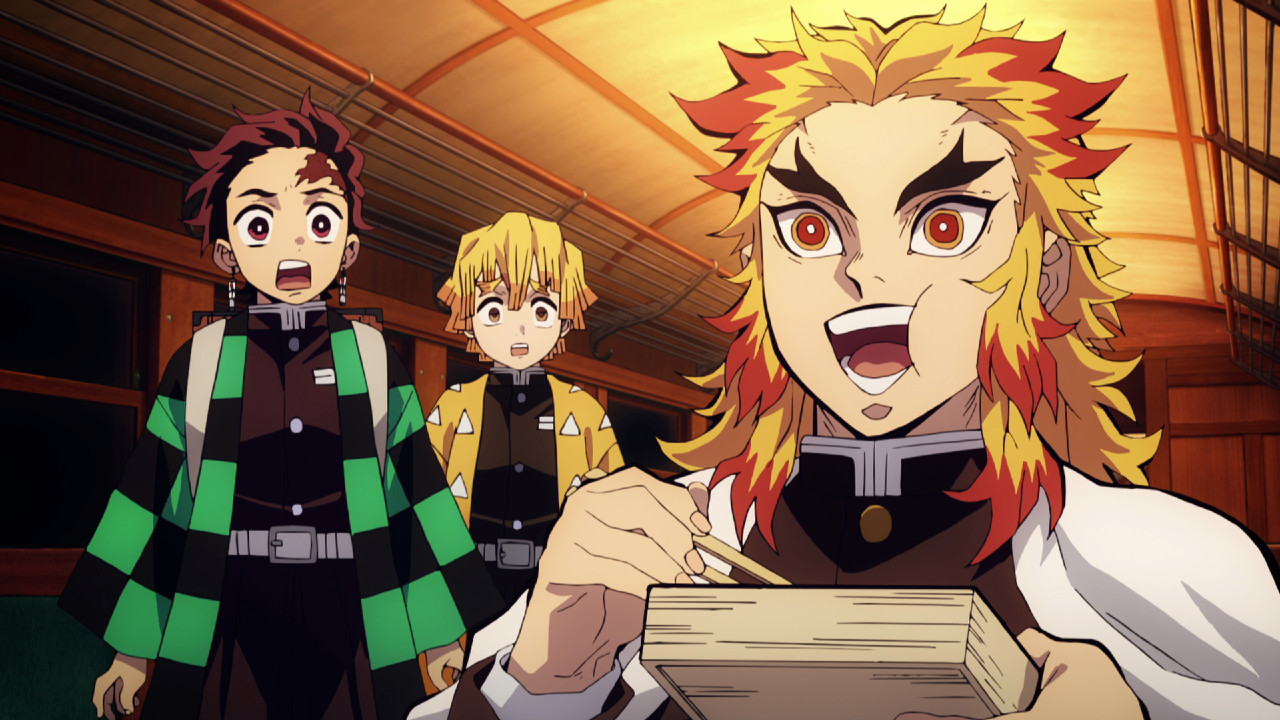
As of writing, there’s been no official announcement regarding a second Demon Slayer movie or sequel to Mugen Train. That’s most likely because A) the movie’s success will have taken the studio by surprise and plans may be rapidly changing and B) Mugen Train was only ever meant to bridge the gap between the first and second seasons.
All eyes, now, should be on Aniplex’s Online Fest in July. Demon Slayer has been namechecked, so we wouldn’t be surprised if we got either an update on the second season of Demon Slayer or early talk about plans to adapt a future manga arc for the big screen. With the movie making close to $500m at the box office, we can imagine studio demand for a sequel will be huge.
Is there a Mugen Train post-credits scene?
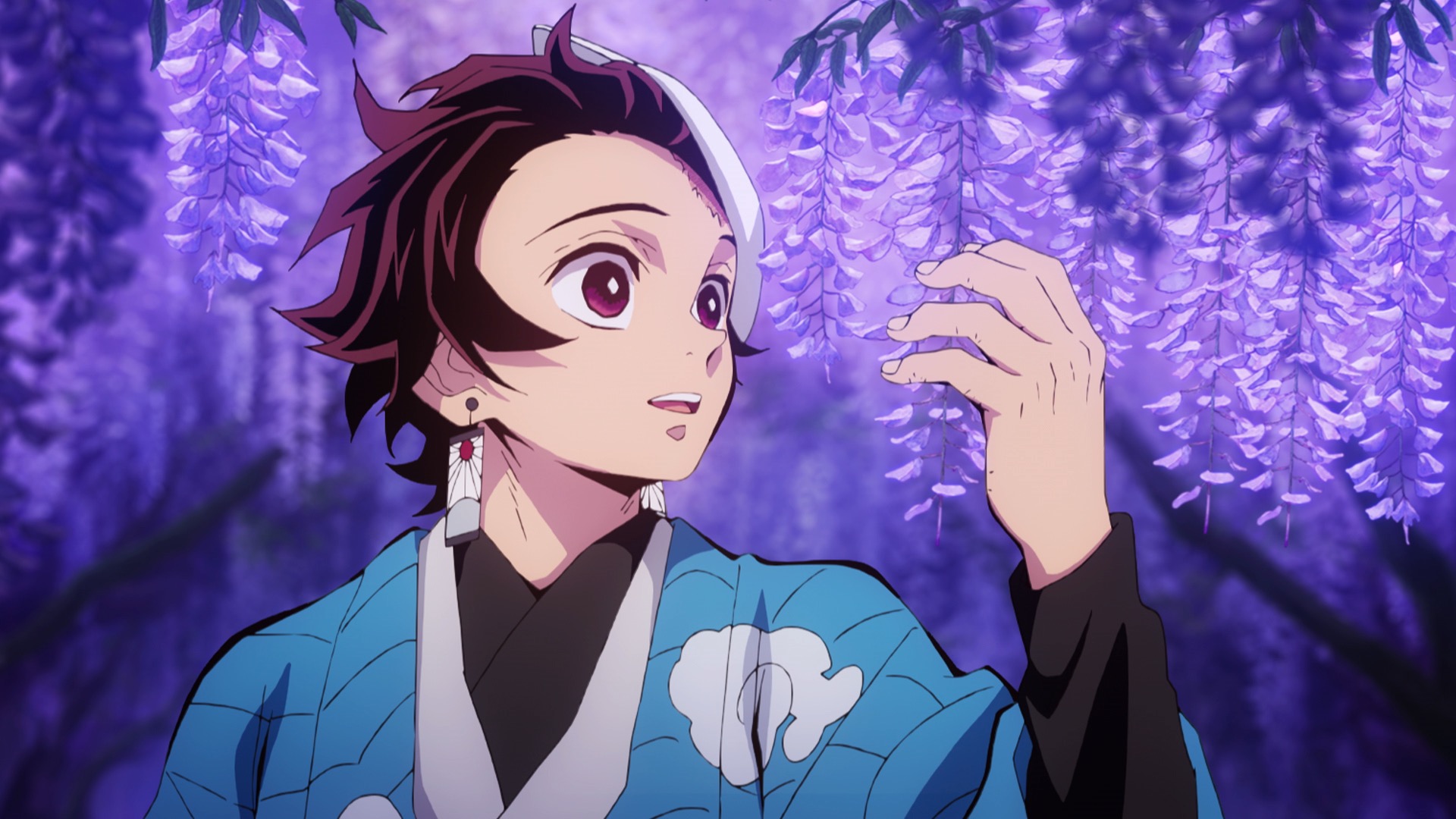
While there is a long credits sequence, you can safely stop watching after the initial fade to black – there is no after-credits stinger or post-credits scene in the Demon Slayer movie. For a taste of what’s to come next, check out the teaser for the next season of the TV series.
For more from the world of anime, check out the latest on the Attack on Titan season 4 return date as well as our guide to JoJo’s Bizarre Adventure: Stone Ocean.
I'm the Senior Entertainment Writer here at GamesRadar+, focusing on news, features, and interviews with some of the biggest names in film and TV. On-site, you'll find me marveling at Marvel and providing analysis and room temperature takes on the newest films, Star Wars and, of course, anime. Outside of GR, I love getting lost in a good 100-hour JRPG, Warzone, and kicking back on the (virtual) field with Football Manager. My work has also been featured in OPM, FourFourTwo, and Game Revolution.



